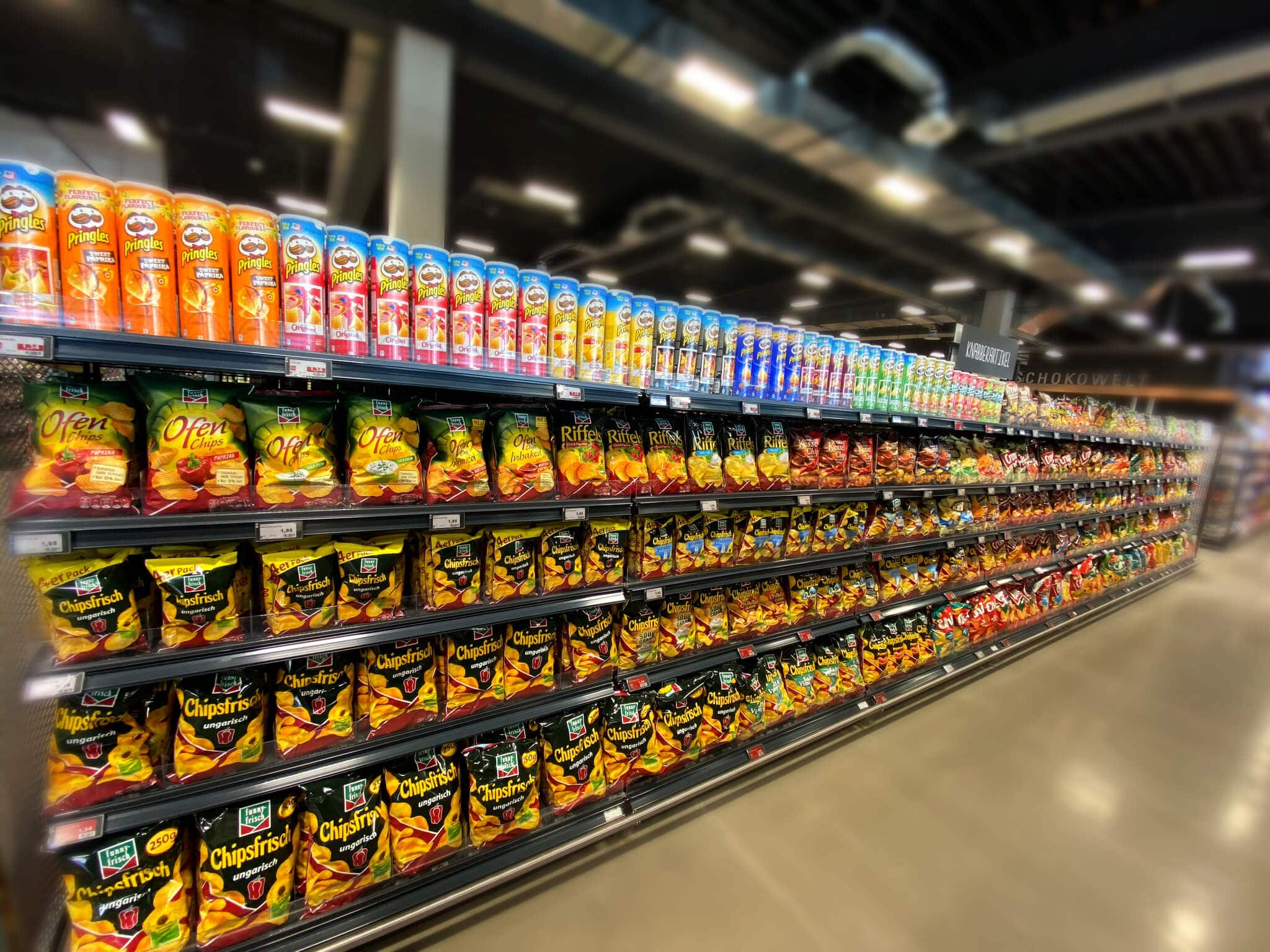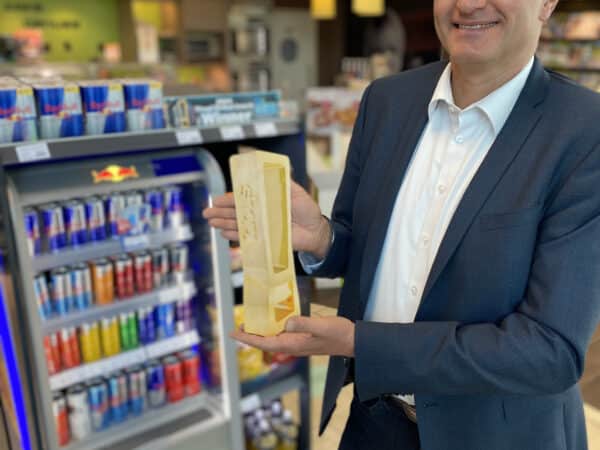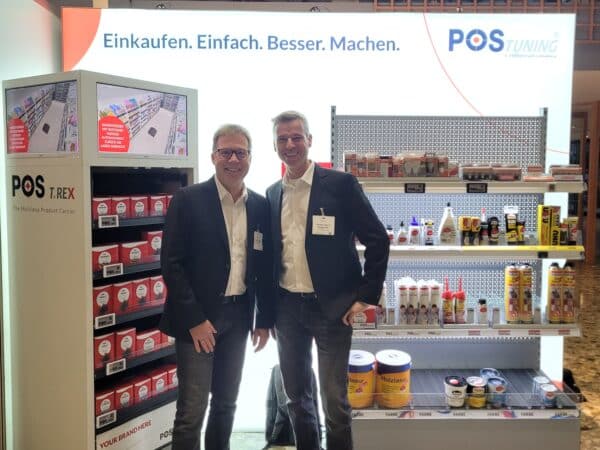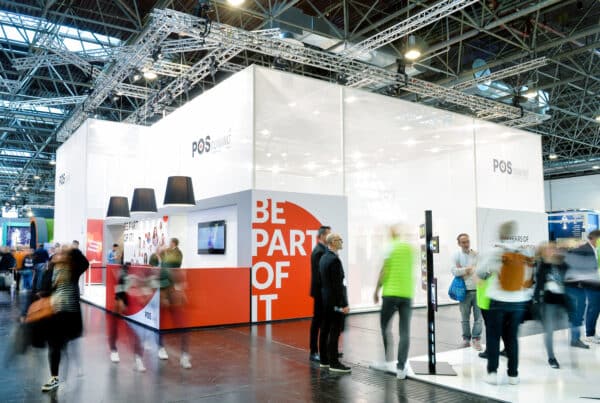POS tips for retail
and the industry
Bad Salzuflen. (bre)“There is no second chance for a first impression!” - With this powerful quote, I would like to invite you to join me on a journey into the world of brand and product presentation. Would you like to? Come closer. To the front — to where I can see you better!
Heretically, I could claim that product presentation is not really a science: it has to be loud, colourful and eye-catching. Then everyone will look! Yes, that’s true as far as it goes. But since this formula for success is also generally known, all brand products are presented in this way. And what does that mean? A pink-chequered elephant is an eye-catcher among grey elephants. But if all the other elephants are also pink-chequered, one alone no longer stands out.
And that brings us to the basic things to keep in mind when it comes to presentation. Stand out and also be out of the ordinary. The much-vaunted first impression and visuality are so directly related that they should never be separated. When customers are visually attracted to a shelf or display, the contact can begin. The first impression customers have of a product or brand is crucial. It decides whether a customer continues to deal with the product and, in the best case, leads to a purchase. This first impression can be controlled by the visuals and the surprise.
Communication is everything
“Get me out of here!” — This could be a prompt that, cleverly placed on the shelf, invites customers to take the product home. Communication at the point of sale works best with visual stimuli. Shelf flags or small so-called wobblers that serve as a visual brake in the colourful shelf landscape are perfect breakwaters. Add to this the appropriate wording or eye-catching branding of special on-shelf displays and you have drawn attention to where you want it to be. But communication can also be used especially where your product is just out of sight. If a brand is particularly attractive and in demand, an out-of-stock situation may arise and supplies may be delayed for a while. But that doesn’t mean that this gap can’t be used for communication. Messages like “Here would be vanilla from brand XY. I’ll be back in a minute!” can be attached to push feed systems. This also curbs space piracy, because it leaves no doubt as to which brand should be in this space.
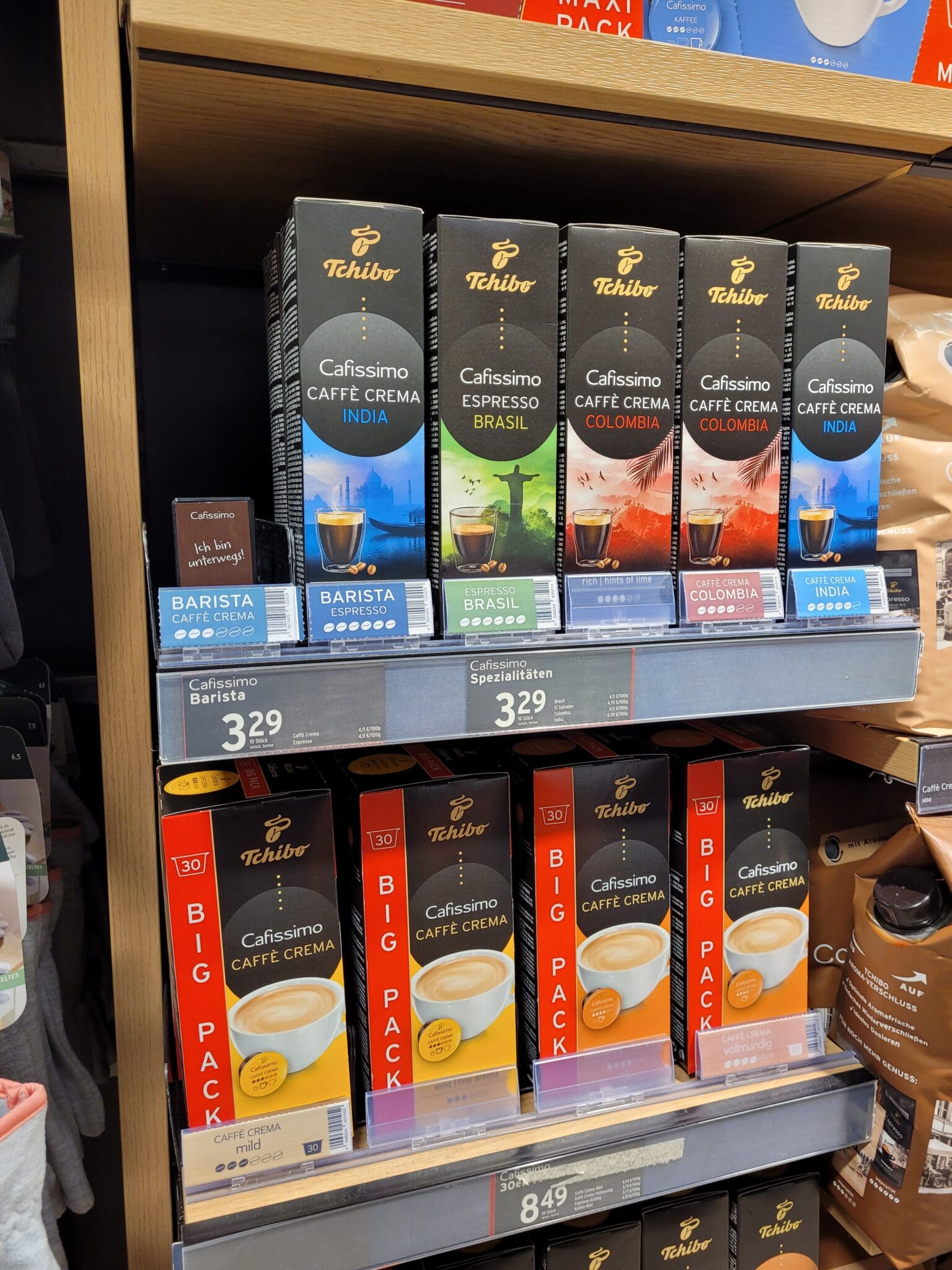
Just pile it high
Your products and brands are the stars and where do stars belong? Into the limelight and onto the stage! When we talk about the optimal presentation at the POS, we also have to deal with the design of the stage, in this case the shelves. Most of the time, space is at a premium and a multitude of brands and products are crowded together in the smallest of spaces. That’s where it’s important to make the most of the space. Have you ever thought about extending your presence in height instead of width? For example, use double-decker solutions that can present twice the number of varieties in the same space. To do this, it is not even necessary to convert shelves, because these presentation solutions can be integrated into the existing shelving landscape in a few simple steps.
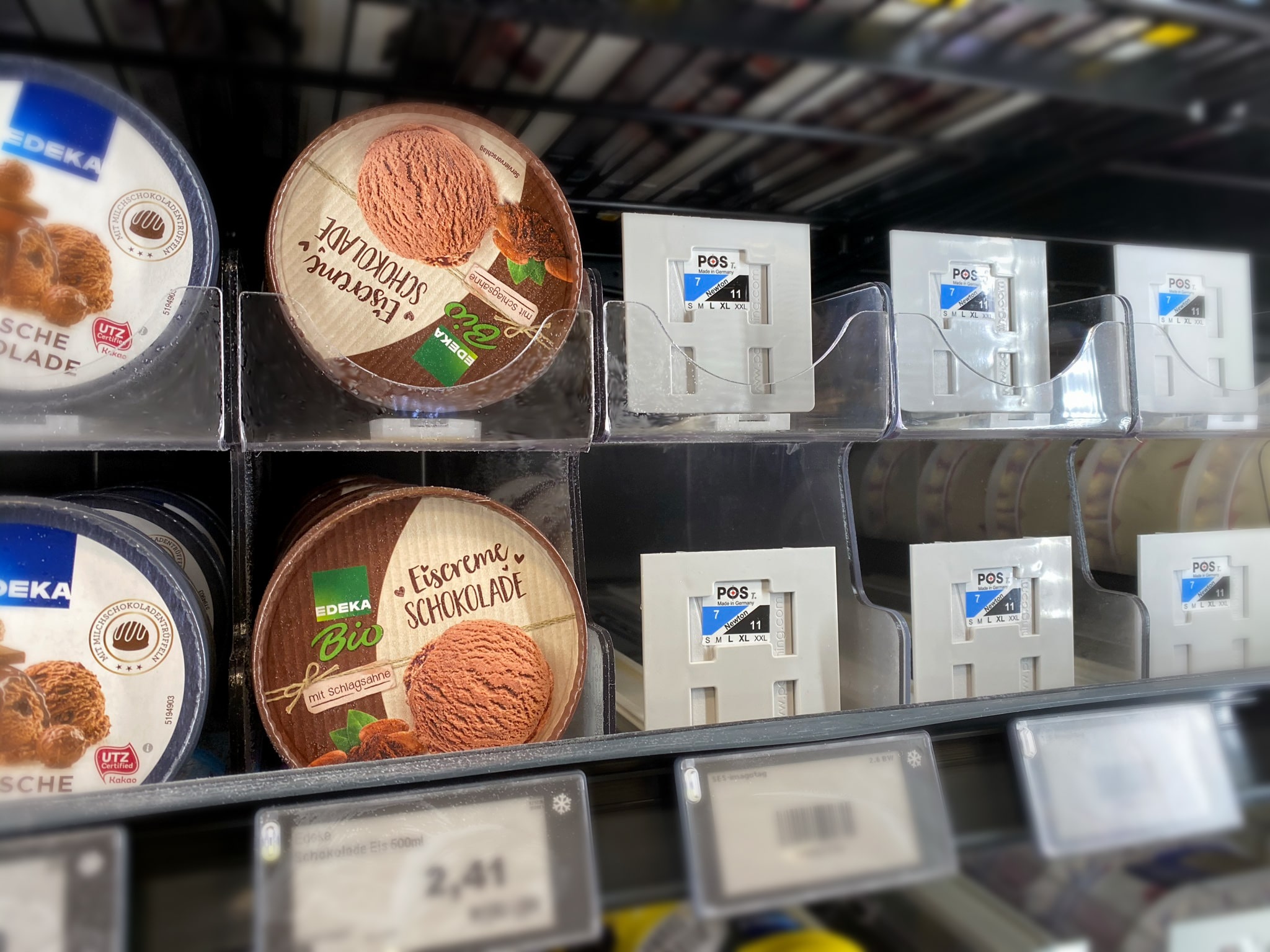
See and be seen
But what use is the most beautiful stage if no one knows where to look? Let’s be honest: in many cases, customers are standing in front of a shelf looking for something. The decision-making process that determines whether a product ends up in the shopping trolley is a few milliseconds long at most. This means that products have to reach the shopper’s field of vision in this smallest time window. But as a rule, not all products make it into the field of vision because they are simply not found. And why is that? Because the products are either left in the back corners or topple over. This not only results in reduced turnover, but also frustrated customers. The simple but very logical consequence is: people can only buy what they can see! And that means: those who invest in intelligent presentation solutions will increase their turnover in the long run, optimise work processes and save time. In the end, however, there is one thing that should be in the foreground: Happy Shoppers!


